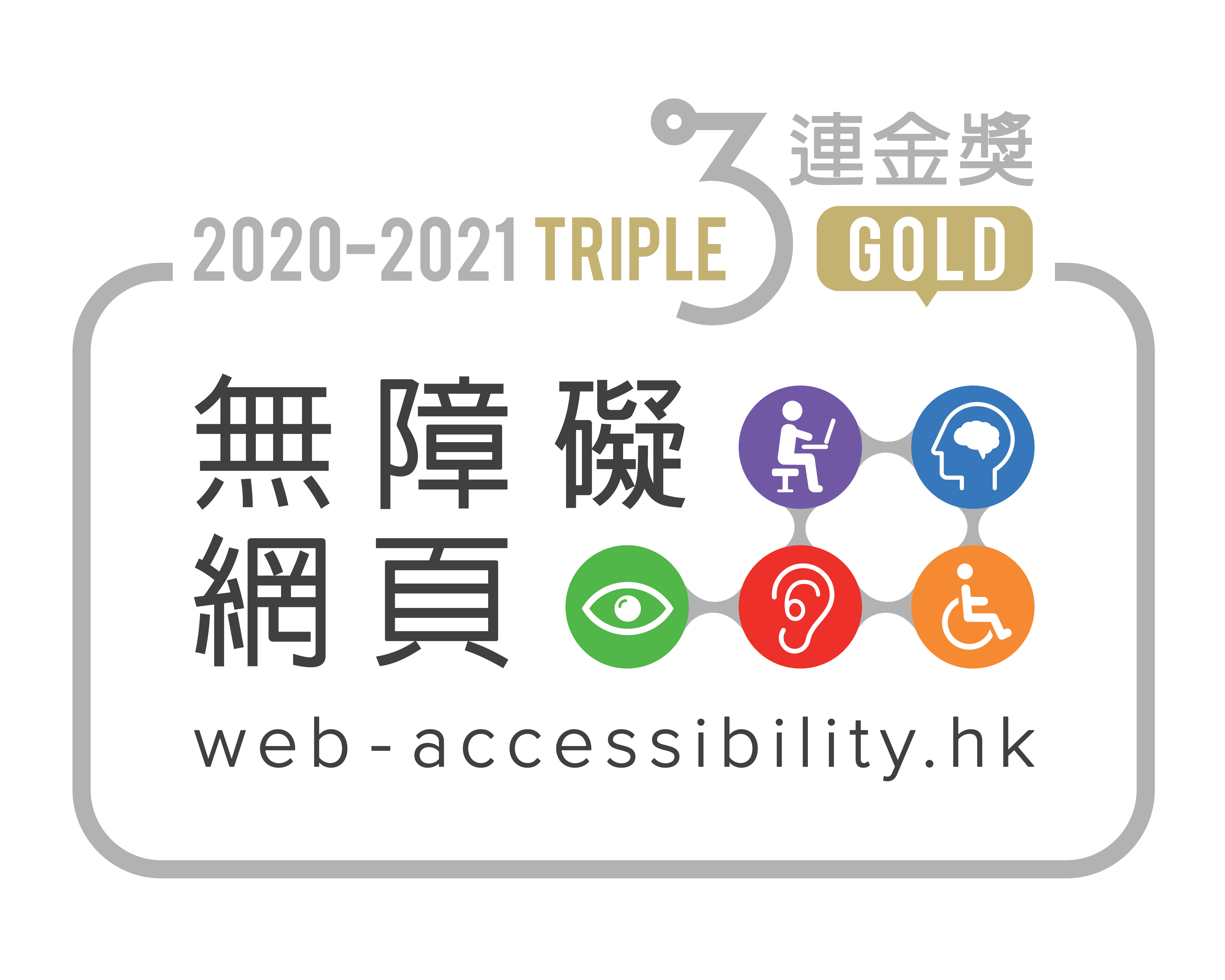CUHK
News Centre
Survey Findings on HKSAR Government’s Popularity in March 2021 Released by Hong Kong Institute of Asia-Pacific Studies at CUHK
A telephone survey was conducted from 17 March to 24 March, 2021 by the Hong Kong Institute of Asia-Pacific Studies, The Chinese University of Hong Kong to study the popularity of the HKSAR Government. The major findings are summarised as follows:
Satisfaction with the HKSAR Government. According to the current survey in March 2021, 15.1% of the 712 respondents expressed satisfaction towards the HKSAR Government, 60.0% said they were dissatisfied, and 23.8% answered ‘in-between’. The corresponding figures for February 2021 were 15.7%, 59.8%, and 23.8%, respectively. The statistical analysis shows that the results for March 2021 were not statistically significant different from those of February 2021. When comparing the figures with those from March 2020, the difference in percentage distribution between March 2021 and March 2020 was found statistically insignificant.
Rating of Chief Executive Carrie Lam. The survey in March 2021 indicated that the performance rating of Chief Executive Carrie Lam (with a point scale ranging from 0 to 100, 50 as the passing mark) stood at 27.2 on average, higher than the rating for February 2021 (26.9). The statistical significance test (t-test) shows that the mean difference between the rating in March 2021 and the rating in February 2021 was not statistically significant. When comparing her current rating (27.2) with that of March 2020 (25.0), the mean difference of the two months was statistically insignificant.
Ratings of Three Secretaries. The ratings of the Chief Secretary for Administration (Matthew Cheung), Financial Secretary (Paul Chan) and Secretary for Justice (Teresa Cheng) in March 2021 were 27.1, 29.4 and 18.8 respectively. The corresponding figures in February 2021 were 26.7, 29.9 and 20.4. The comparison of the ratings of the three Secretaries between March 2021 and February 2021 did not find any statistically significant differences. When their ratings in March 2021 were compared with the respective figures in March 2020, it was not statistically significant.
Trust in the HKSAR Government. As of March 2021, 18.0% of the respondents showed trust in the HKSAR Government and 52.7% expressed distrust; 27.0% answered ‘in-between’. The results in February 2021 were 19.1%, 53.4%, and 24.6, respectively. No statistically significant difference was found in trust in the HKSAR Government between March 2021 and February 2021. Also, when comparing the figure in the current survey with those of March 2020, the difference between the percentages in March 2021 (Trust: 18.0%; Distrust: 52.7%) and the percentages in March 2020 (Trust: 17.8%; Distrust: 55.8%) was observed to be not statistically significant.
Trust in the Central Government. Regarding the level of trust in the Central Government in March 2021, 16.7% said they trusted it, 56.7% answered the opposite, and 23.1% said ‘in-between’. The respective figures from February 2021 were 16.3%, 55.5%, and 22.1%. No statistically significant difference was found between March 2021 and February 2021. And the difference between the percentages in March 2021 (Trust: 16.7%; Distrust: 56.7%) and the percentages in March 2020 (Trust: 18.4%; Distrust: 57.8%) was not found statistically significant.
In conclusion, the current survey results in March 2021 indicate that all the popularity indices (the public satisfaction level of the government performance, the performance rating of the Chief Executive and the three Secretaries, and even the trust in the HKSAR Government and the Central Government) were not significantly different from those in February 2021 (significance test shows the differences are not statistically significant). Again, when compared with the survey conducted in March 2020, all the popularity indices were not significantly different (significance test shows the differences are not statistically significant).
The survey employed a dual-frame sampling design that included both landline and mobile phone numbers. A total of 712 respondents aged 18 or above (landline: 360; mobile: 352) were successfully interviewed, with response rates of 30.5% (landline) and 31.1% (mobile). The sampling error for the sample size of 712 is estimated at plus or minus 3.67 percentage points at the 95% confidence level. Furthermore, the data of this survey was weighted based on the probability of the respondents being selected via dual-frame sampling design and relevant age-sex distribution of the population published by the Census and Statistics Department before analysis.
